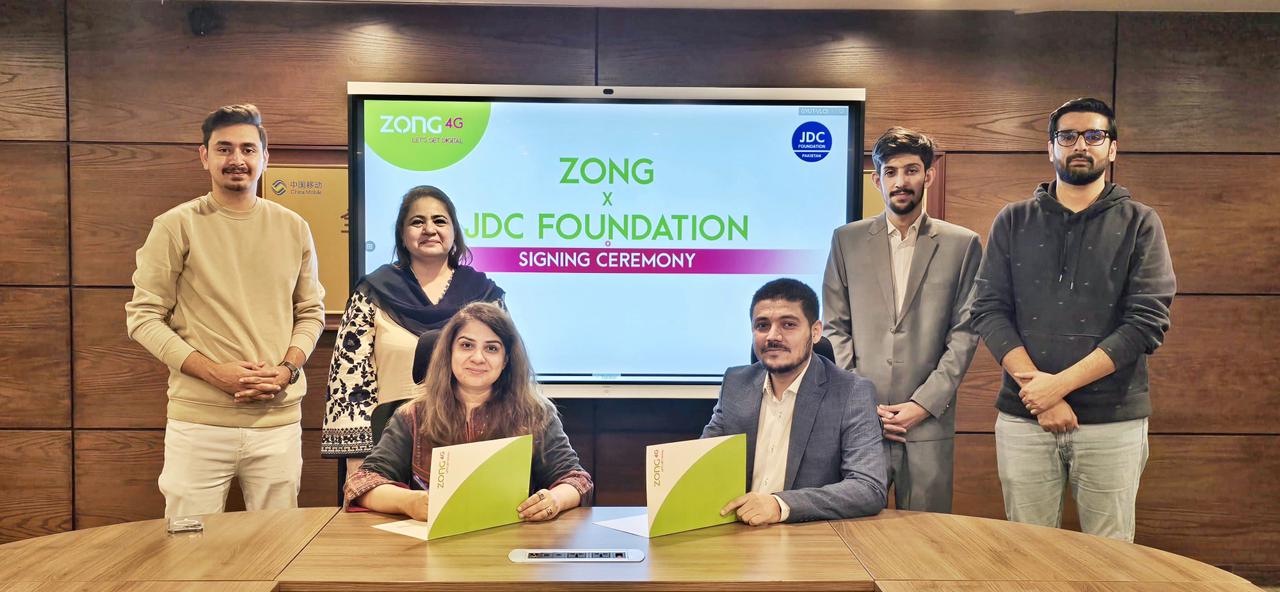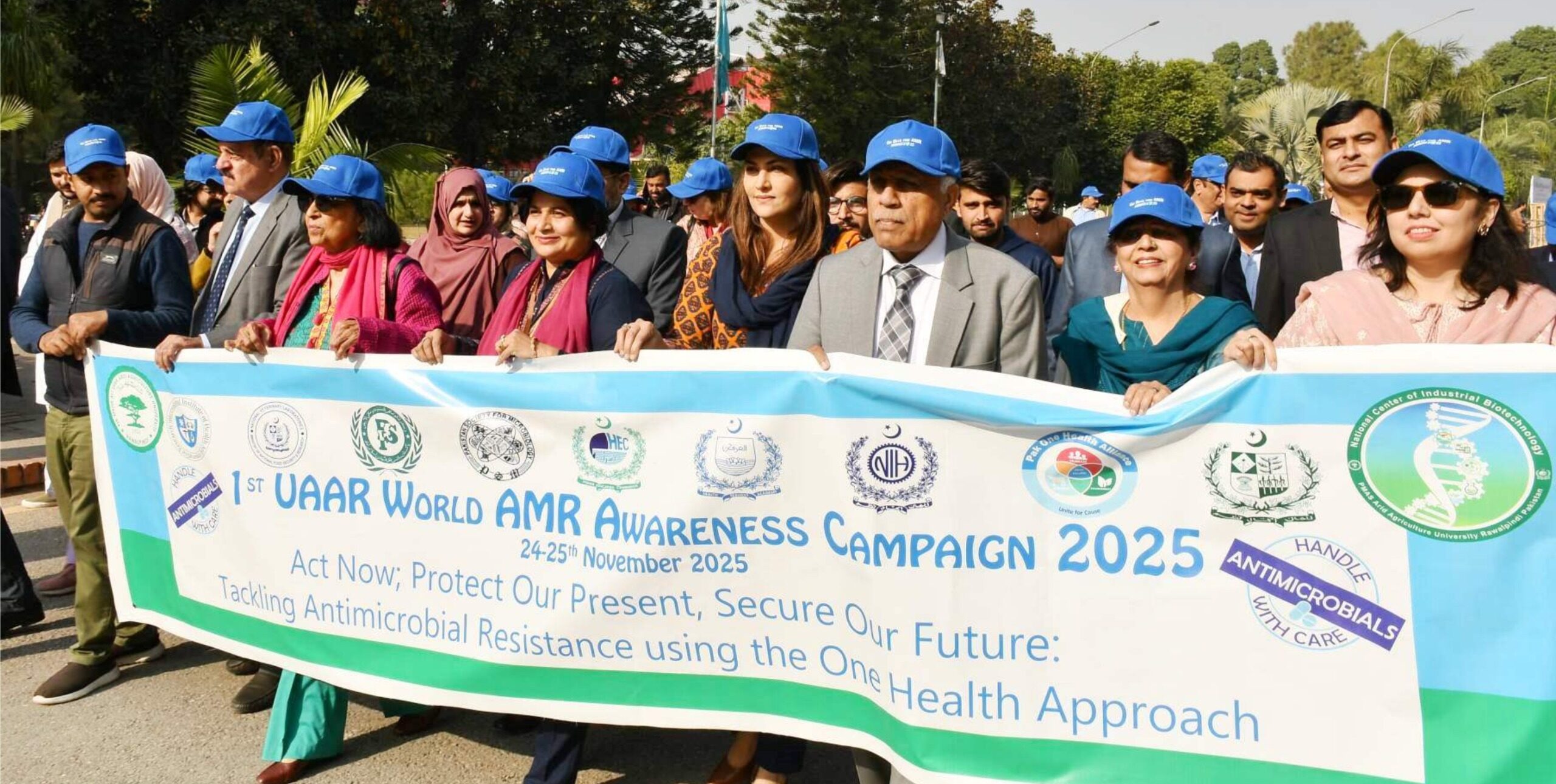By: Prof. Dr. Ijaz Rasool Noorka
Executive summary
Wheat has attained the status of staple food and 2nd currency of Pakistan as well as pillar of national food security. Although the Government has fixed very ambitious sowing and production targets to achieve self-sufficiency. However, the 2025 floods, which severely affected more than 2.2 million hectares of arable land, have placed these promising targets at serious risk, creating the likelihood of a significant gap in both wheat sowing and overall production.
A decisive wheat policy and field measures to ensure self-sufficiency is need of the hour. Unluckily the wheat crop is in hot water for last few years. The discouraging behavior of media has poisoned the farming community to grow more wheat due to its volatile pricing and a careful estimate revealed that 10% wheat yield reduction will be translated in to loss of one Billion Dollar. The stern query is, how to boost up and sustain wheat production particularly in the flood effected areas.
However, if mutual wisdom, a realistic approach, and broad consensus can be developed on the existing wheat policy, through government facilitation in providing quality seed and credit facilities, fostering public–private partnerships in procurement, empowering agricultural experts to take a leading role, promoting the use of the 3R principle in fertilizers and irrigation scheduling, and reducing production costs, Pakistan can move decisively toward achieving wheat self-sufficiency.
Key Policy Recommendations
Pakistan’s wheat production policy is translated into food security and even in law & order and ultimately national security. The overall policy framework comprises the following components:
- Official targets and realistic forecasts
This is common practice, we often set unrealistic official targets and unable to achieve it. The policy pathway, therefore aim to fix realistic official targets and healthy forecast to reach the self-sufficiency. Secondly we shall be ready for contingency plans if shortfalls prevail due to some unforeseen stress conditions.
-
2025 Flood effects
Unluckily, about 2.2 million hectares of cropland besieged during 2025 with financial and social impacts in Punjab and Sindh at large, where submerged crop land and damaged agricultural infrastructure, not only wasted seeds of upcoming wheat crop but also delayed land preparation, timely sowing, un-necessary siltation, removal of nutrient enriched topsoil that may lead to yield reductions up to 10–20% or may be more. The immediate flood recovery and resilient sowing programs by participatory approach of agricultural experts, agricultural universities students and extension department massive wheat rehabilitation campaign may help to reach sowing and production targets.
-
Initiate Massive Wheat Campaign 2025-26
The massive wheat sowing campaign, to grow more wheat by each segment of Government, semi-government, Universities, extension department, research departments, farmers organizations, chamber of agriculture, private sectors and civil society will build the growers confidence
-
Key focuses & current bottlenecks
The critical inputs & supply focus is key to success to achieve rationale targets. It includes certified seed, balanced NPK fertilizers, and essential micronutrients, for all farmers particularly needed for flood-hit smallholders. The farmer is in need of mechanized services, irrigation and supplemental irrigation resources. They need training/ updates about 3R fertilizers, and 3R irrigation supply (Right source, Right dose, Right time of application).
1. Availability of certified seed:
There is dire need of distribution of certified seed to the farmers in generals and subsidized or free packs to flood-affected farmers.
2. Farmers’ apprehensions about sale price
Farmers’ concerns are intensifying that the government may not announce a viable support price, leaving them vulnerable to low market rates that may fail to cover their production costs. Government intervention about support price before sowing may trigger wheat production campaign and restores farming community confidence. Government along with private sector may operate digital procurement platform for transparent registration, payments and minimize the middlemen notorious role.
3. Communication campaign
It is essential part of wheat campaign to inform farmers about climate change, water stress and heat wave spells, unpredicted rains, soil health, efficient inputs, high cropping intensity, general production technology, approved wheat varieties, short-duration & flood-tolerant varieties, procurement schedule, documentation required and grievance redress. It is necessary to monitor sowing progress via remote sensing and extension networks. Real-time wheat advisory services for fertilizers application, protection measures, irrigation scheduling, pest control via mobile calls, SMS, FM-radio, and extension visits.
4. Precision Farming:
Now the agriculture has been entered in precision farming era, where instruments and mobile-based implementation services help farmers to get maximum benefits even from small land holdings.
5. Weather Updates:
There should be an integrated forum where all farmers can be updated about timely and location-specific, day to day and morning-evening weather updates to mitigate the environmental notions.
6. Long-term resilience
Crop insurance cover may boost farmer’s confidence and insurance premium subsidy must be extended for smallholders (2-3 years). Rehabilitation of drainage and flood-resilient storage can be another important support to the affected areas. The establishment of flood resilient silos and mobile storage facilities is essential to prevent post-harvest losses. The promotion of micronutrient packs and incentivized wheat planting should be prioritized to enhance yield and soil health. Additionally, creating mechanization service clusters, such as the Agri Mall initiatives piloted in selected cities can improve farmers’ access to modern machinery and reduce operational costs.
Conclusion
Pakistan’s wheat sector faces a dual challenge, recovering from the devastating 2025 floods while stabilizing the wheat market through reduced dependence on intermediaries and a more liberalized system. The government must take a leading role in ensuring production recovery through realistic planning, rapid post flood rehabilitation, and uninterrupted input supply.
A clear and transparent procurement policy will be vital to restoring farmers’ confidence and achieving national wheat targets. By introducing climate-resilient measures and pragmatic reforms in the existing wheat policy, this approach will not only strengthen post-flood recovery but also enhance food security and long-term agricultural resilience.
Read more news here: https://thepublicpurview.com/category/business-news/
For climate-related stories, visit: The Green Post






